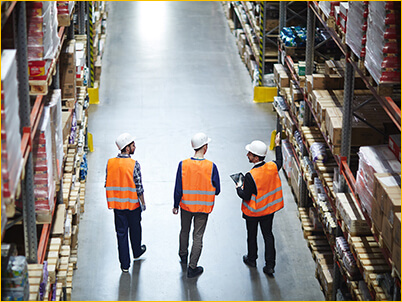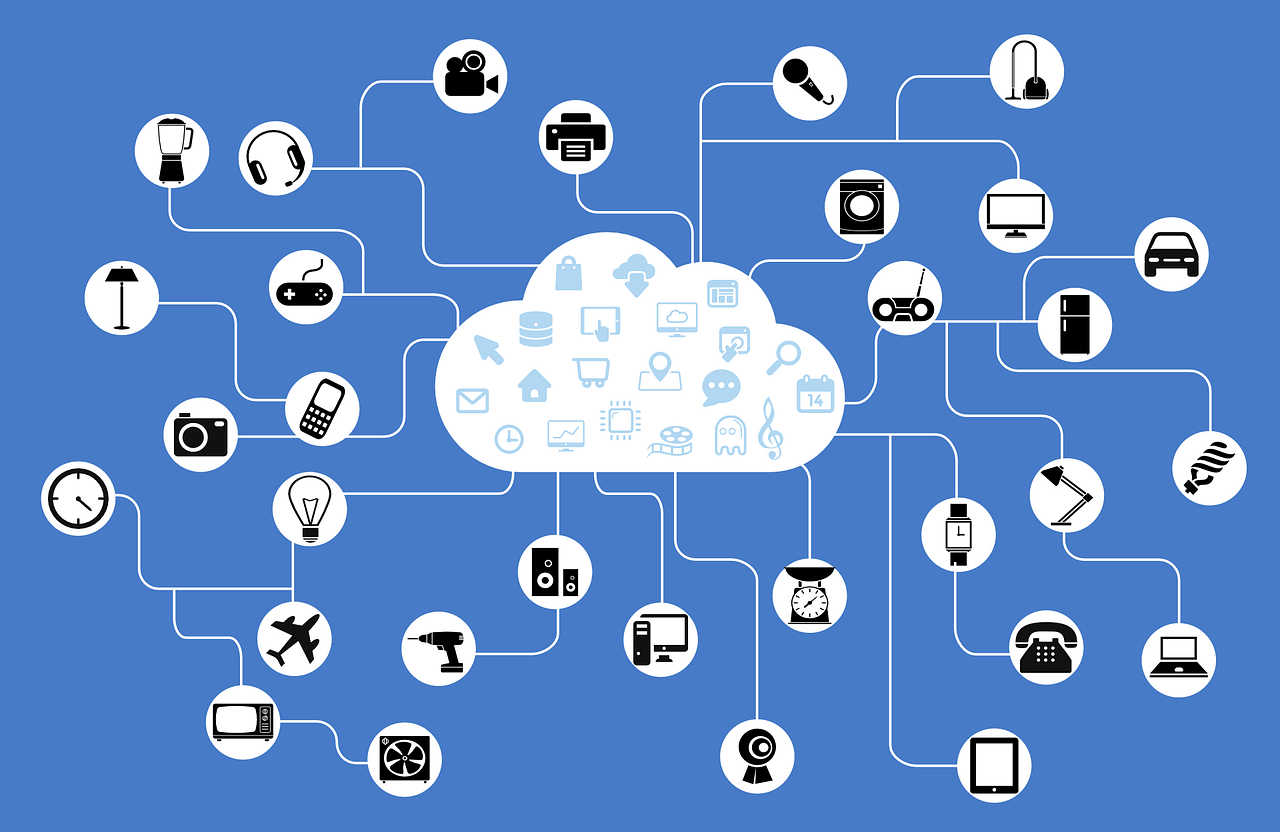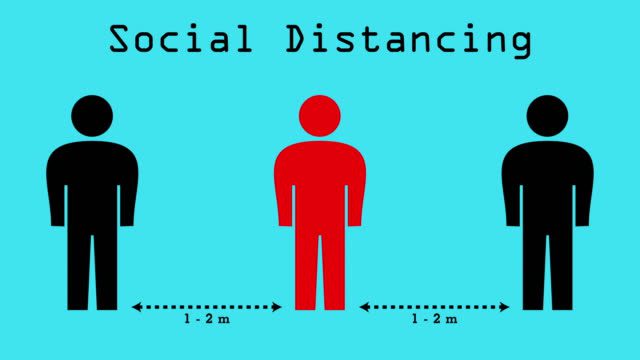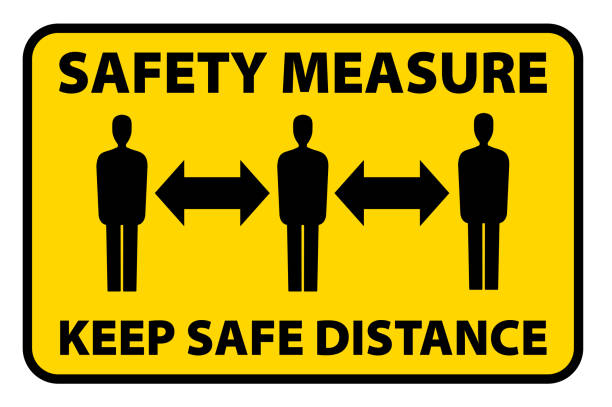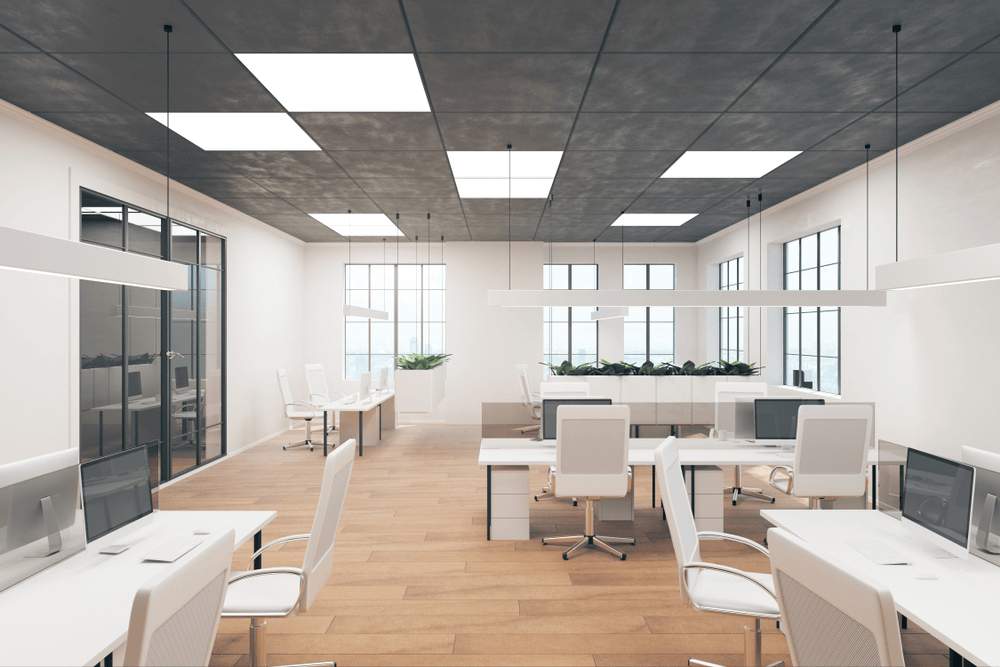While most consumers remain focused on the IoT (Internet of Things), the IIOT (Industrial Internet of Things) continues to grow in the background. With recent developments in the digital, networking, and processing circles, the dream to have smart commercial facilities is now realizable. Intelligent lighting has emerged as the unsung hero of IIOT. Through integrated lighting systems through a network and sensors, smart lighting is quickly earning its preserve in commercial spaces.
IIOT lighting systems are proving a must-have for commercial and industrial spaces for a variety of reasons:
Benefits of IIOT Lighting
Using IIOT lighting, businesses are not only able to control lighting, but the system installed can also provide detailed energy-consumption reports. The reports are essential for companies looking to cut costs by saving energy.
By integrating sensors, the lighting system can detect occupancy and turn on the lights then turn them off when they are not in use. This is a critical measure that can save the business money in energy consumption and minimize running costs.
IIOT lighting also allows you to control the lighting in the entire facility from the palm of your hand. As a facility manager, you can manage all aspects of lighting inside the building using a laptop from across the world.
Using the dashboard connected to the primary device, you can also identify inefficiencies and anomalies in the facility that can help you improve business operations and productivity of employees.
Downsides of IIOT Lighting
There are downsides to everything – even with this revolutionary technology. Weighing both sides of the coin is essential in helping you make an informed decision.
The initial cost of setting up is the most intimidating factor for most facility managers. Even though the cost of setting up the lighting and networking might be significant, maintenance costs are minimal.
Once installed, smart lighting provides an immediate and quantifiable return with documented reports and improved energy consumption. Cumulatively, these savings justify the cost of transitioning into intelligent lighting for the facility and even earn the facility profits.
The Takeaway
The future of intelligent lighting is bright! At the moment, the main goal is to help to run a more energy-efficient facility and save costs. In the future, the technology could be used to raise security alerts, monitor productivity in the workplace, and even keep inventory fresh!



